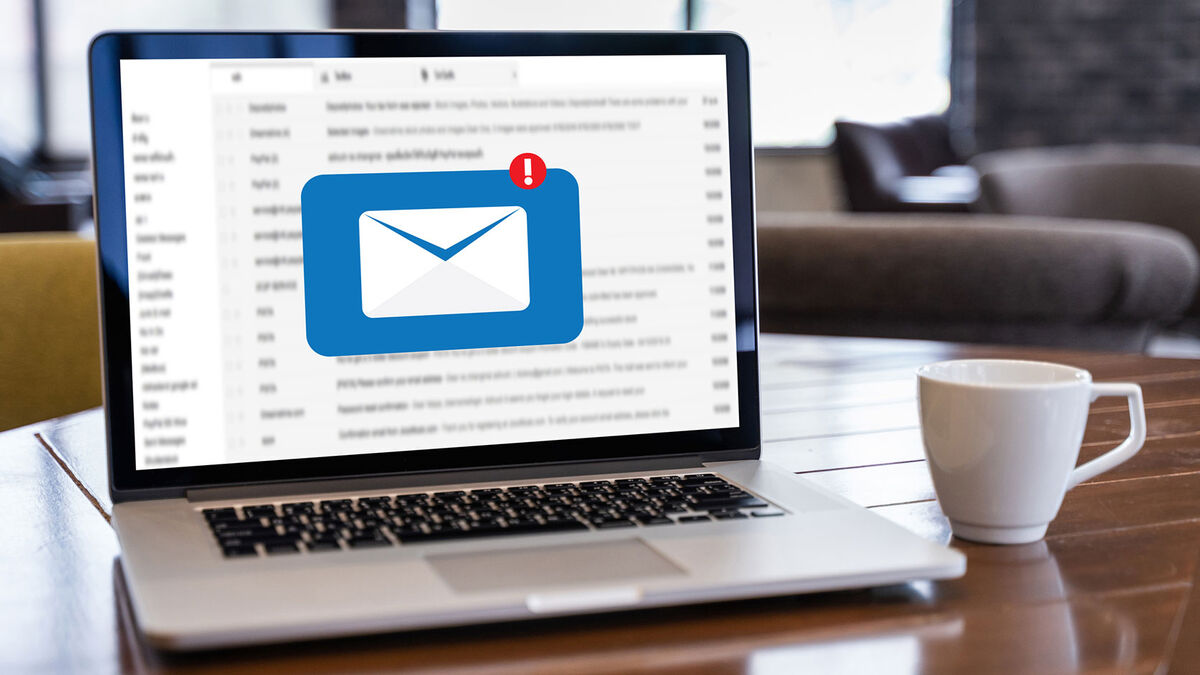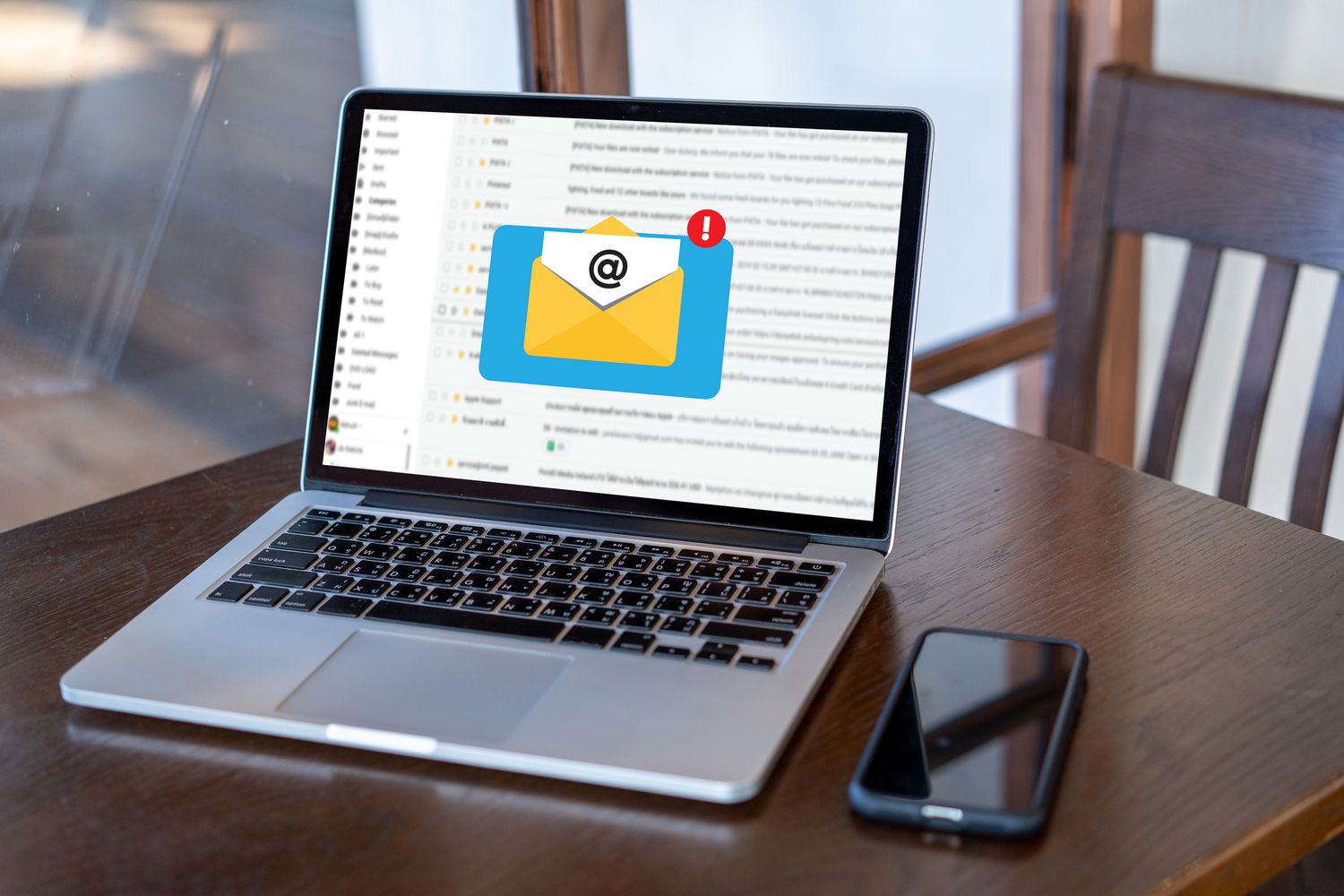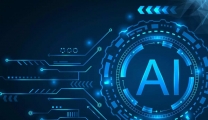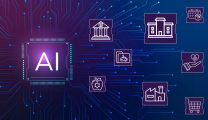What if the biggest thing keeping your teams from getting more accomplished at work wasn’t your lack of willpower or time but…your own work?
Research shows that allowing ourselves to be constantly distracted by low-level work—like responding to an endless string of trivial emails or instant messages—drains focus and keeps employees from achieving their most important goals. A culture of constant, unnecessary communication has prevailed inside many organizations over the last decade.
Leaders can often lean into repeatedly making one mistake in their communication frequency. It feels productive but actually saps the hours from the day and the cognitive energy of a team. It can reduce their chances of achieving organizational goals and hitting deadlines. It’s over-communicating, often via email.
Dr. Gloria Mark, a psychologist at the University of California, Irvine, has observed people’s attention spans growing shorter for decades. Her findings? We now spend only 47 seconds on a given screen, down from 2.5 minutes twenty years ago.

In her new book, Attention Span: A Groundbreaking Way to Restore Balance, Happiness, and Productivity, Mark digs into why so many people now feel like they can never catch up with their to-do lists, despite how hard they work. Helpfully it also spells out solutions to overcome this conundrum.
Increasing performance at an organization-wide level is incredibly important. Asana customer Danone, the global food company, cites the value of Asana to save time for its teams.
“Asana makes everything shareable, which saves us time executing programs because it’s so much easier to replicate and learn from what others have done, Simon Levinson, Global Digital Manufacturing Process Innovation Manager for Danone, previously told Asana in an interview.
Guido Valeri, the Senior Project Manager of Endeavour Implementation for Danone North America, also cites Asana as a way to avoid critical information getting lost in email: “I love Asana’s collaborative nature. We can have a dialogue in Asana comments about what’s holding up a project rather than tracking separate emails as information evolves,” Valeri says.
Why did you feel it was important to write this book?
This is a wake-up call. We are getting increasingly stressed, which has significant repercussions on people’s mental and physical health. Technology has allowed us to access information and people faster than ever. Still, how we’re using technology contributes to stress and exhaustion. So we need to think carefully about how we can use tech in a way that can preserve our well-being.
How can leaders support their employees’ focus?
I’ve been studying people for over twenty years and hearing complaints about them feeling burned out, and it comes from email and having to respond to other people’s requests. It also comes from shifting their attention, multitasking, having too many things to do, and not having enough time to do them. The burden is always on the receiver of the email.
The sender gets the benefit; the receiver gets the burden. Let’s reduce the burden of email on people. We are social creatures. It’s our social nature that lead us to respond to email. We want to maintain social capital. We want to stay on people’s good sides. There’s the information we need, and we can’t cut ourselves off.
So let’s think about how we can control the use of email so that we’re not checking it 77 times per day, which is how often our research has found that people check email, on average. You can put more information into an electronic bulletin board so that less of it is sent out through email because it’s in a single place where people can access the information they need.
You can also have a “quiet time,” where electronic communications won’t be sent—so you could say, “Between 11 a.m. and 2 p.m., there won’t be email, and therefore there’s no point in checking it.” My research shows that when people had their email cut off, their stress decreased significantly.
How does distraction influence productivity?
There’s something called a switch cost.
When you switch attention, orienting to the new task takes some time. Therefore, people can accomplish more when they’re not switching back and forth between different tasks.

It’s so often the case that a sender will be very lazy, they can get that information themselves, but it’s so much easier to ask someone else to do it. Many of the messages sent over instant messages and email don’t have a high value.
The 8 rules for co-creation
Research shows that carrying work into the evenings affects their work-life balance, creates stress, and affects sleep. If people can detach, it gives them a chance to feel replenished and restored so that they’re working with a full tank of “attentional resources” and can be more productive the next day. Allowing people to detach is very important.
Does it affect people psychologically to have a chat channel or email inbox open even if no messages are coming in?
Yes, of course, because when something is in your visual field, it can attract you. And so if you have an open email client, it will distract you. The best thing is to turn off the things that distract you, including social media or news, if you’re a news junkie. Maybe even introduce some friction—bury those apps deep into folders so that it requires some effort to get to them, and you won’t be just mindlessly turning to them.
What would you say to a leader who wants to support employees’ well-being but is concerned about it leading to decreased productivity?
When people feel more positive, we know they can do more. They can generate better ideas. They’re more motivated at work. They have better employee relations. They can think of better ideas. Productivity will follow.












Replies to This Discussion